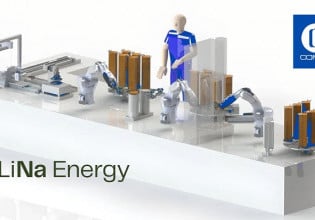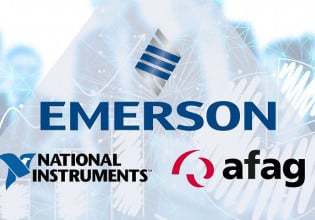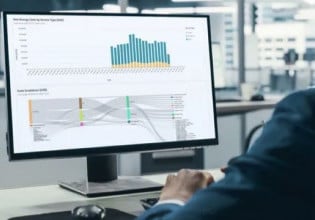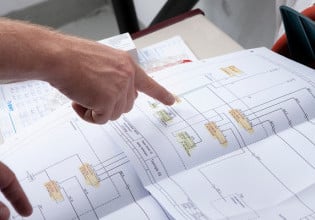Next-generation AI-vision Software: Micropsi Industries Launches MIRAI 2
Micropsi Industries has released its latest AI-driven machine vision software, MIRAI 2. Built on earlier generation software, MIRAI 2 boasts new features focused on reliability and scalability.
Micropsi Industries has launched MIRAI 2, a feature-laden, upgraded AI-vision software package geared toward quickly deploying robot fleets in industrial environments. The newest version has several key features that make it simpler and more cost-effective to begin using machine vision on a larger scale.
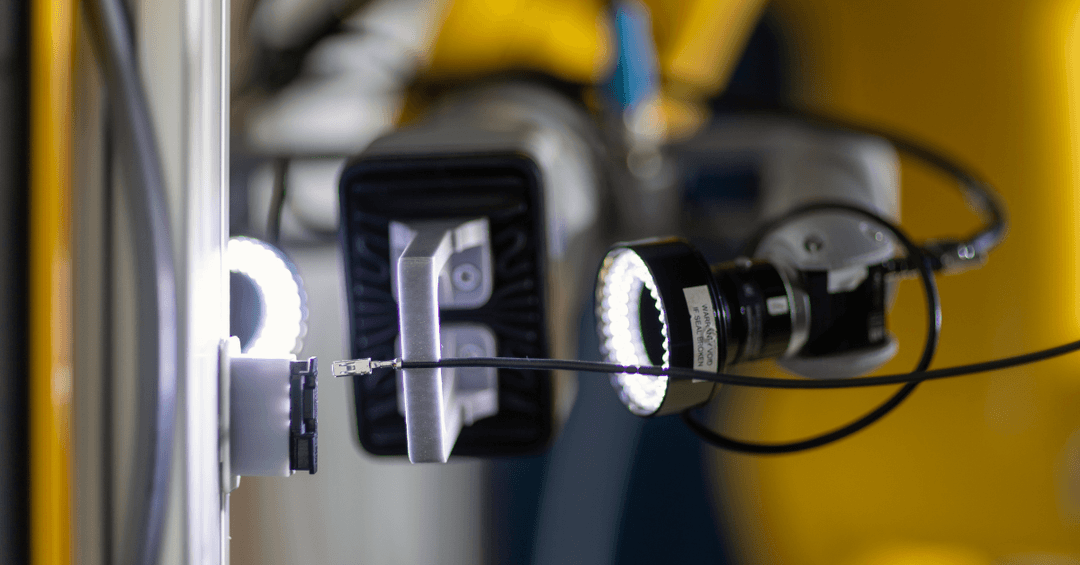
MIRAI 2 makes using machine vision for inspection and assembly steps more convenient and easier to scale. Image used courtesy of Micropsi Industries
Machine Vision
Machine vision systems have grown in popularity over the past few years. With machine vision, robots can detect small variations in distance, location, angle, tint, and numerous other quality control and assembly options. Currently, machine vision systems are used for everything from ensuring a homogeneous coating of paint on parts to checking for untightened screws to guaranteeing proper gasket placement.
Because of this diverse set of needs, one key component to making a machine vision system work is minimizing the time required to train robots to see and act on what they see. Changes in lighting, surface texture or roughness, and other variables can fool poorly trained systems.
Operator demonstrating MIRAI 2’s new semi-automatic training function. Video used courtesy of Micropsi Industries
MIRAI 2 AI-vision Software
MIRAI 2 is a software package that combines machine vision with AI for use in rugged and demanding industrial environments. It is built on Micropsi Industries’ earlier MIRAI software, but has quite a few new features that show improved performance, usability, and scalability.
Robot Skill-sharing
Training given to one robot can be easily shared with other robots if the lighting conditions are identical. In MIRAI 2, slight variations in lighting and conditions are accounted for when transferred to a different robot, speeding up the time required to train new robots.
Semi-automatic data recording
Some training data is automatically recorded if MIRAI 2 thinks it is important. However, with semi-automatic data recording, human trainers can record machine motions to help teach the robot how to move in current and similar situations, drastically reducing the training time required. It is like giving a robot a library of “muscle memory” options.
No F/T Sensor
No force/torque sensor is required for feedback, as was necessary in MIRAI. The system can be trained and run without additional hardware, cabling, or headaches, reducing costs and speeding up training time.
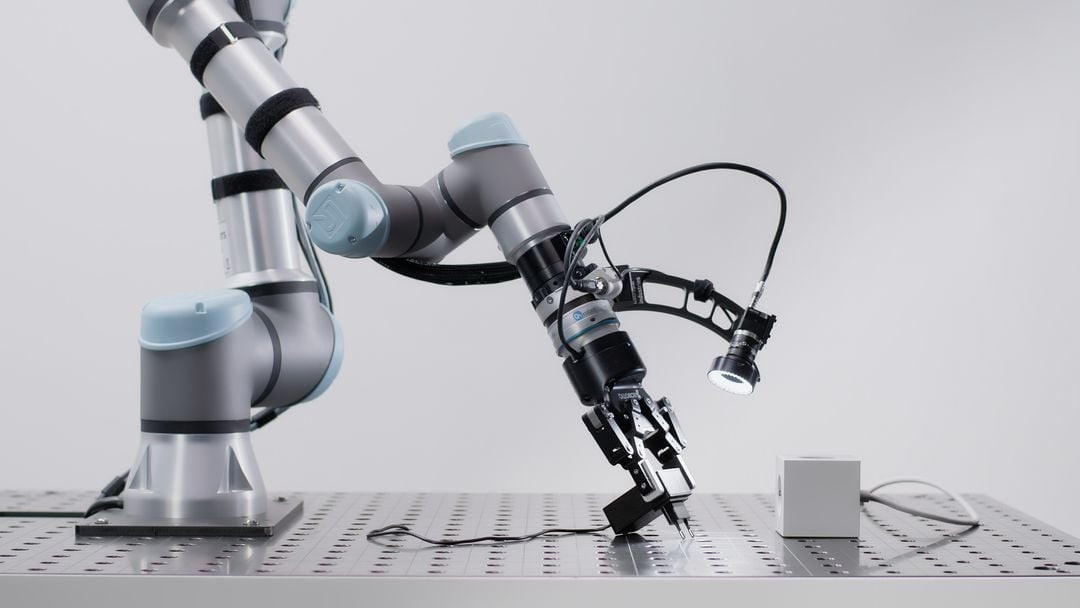
MIRAI 2’s newest features focus on scalable automation, quickly training multiple robots. Image used courtesy of Micropsi Industries
Abnormal Condition Detection
Enhanced software routines have been created to detect and act upon unusual operating circumstances. This makes operations safer and less likely to damage or process materials or goods incorrectly. Once an abnormal condition is detected, a more appropriate response, such as stopping a process or alerting an operator, can be implemented.
Industrial PCs
MIRAI 2 can run reliably on several popular industrial PCs. This compatibility makes integrating with existing automation systems easier and provides a more rugged platform for industrial use.
Scalable Automation
The MIRAI 2 software package reduces the amount of time spent training machine vision. It leverages AI to help detect objects and features of interest, adjusts for variables in the processing environment and other such problems, and can be easily scaled with additional robots. Overall, the ease of implementation and robot training can be used to benefit virtually any manufacturing or quality control automation center.

